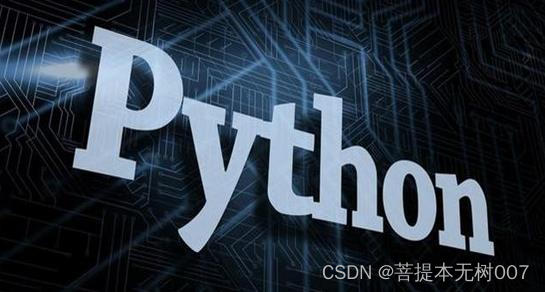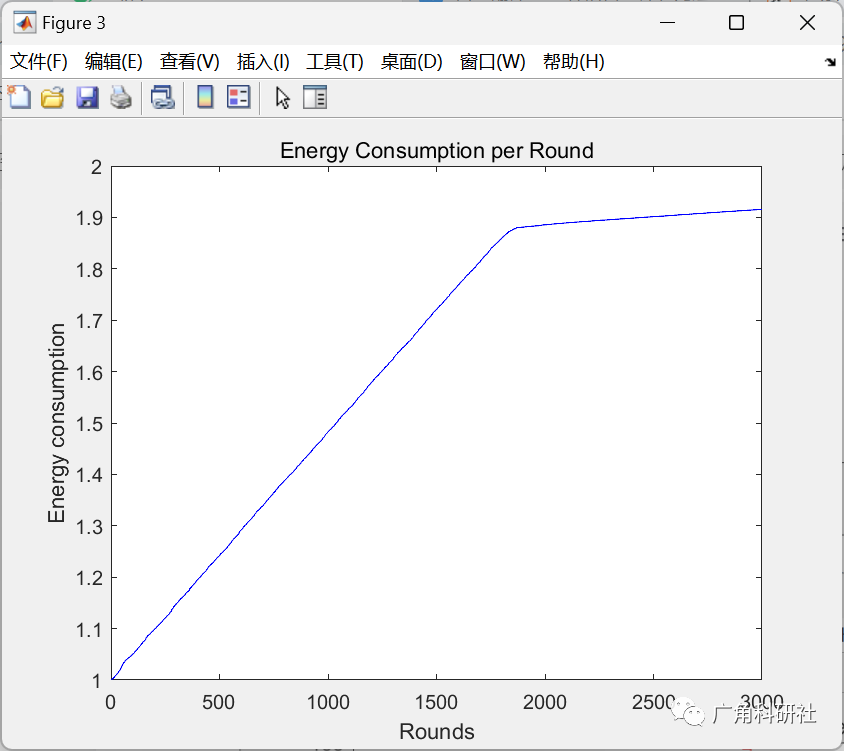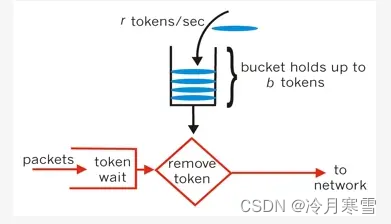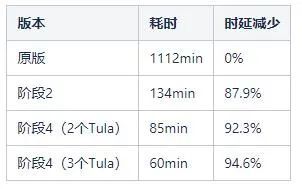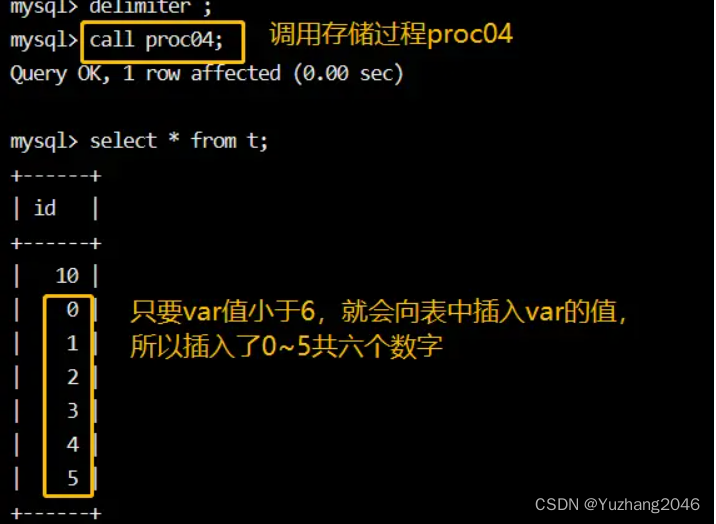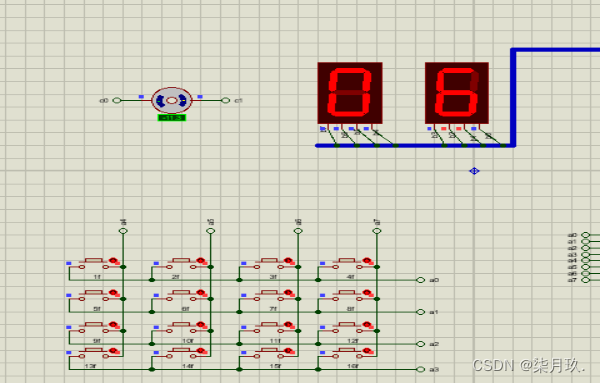目录
一.上节复习
1.什么是单列模式
2.饿汉模式
3.懒汉模式
二.阻塞队列
1.什么是阻塞队列
三.消息队列
1.什么是消息队列
2.消息队列的作用
1.解耦
2.削峰填谷
3.异步
四.JDK中的阻塞队列
1.常见的阻塞队列
2.向阻塞队列中放入元素---put()
3.向阻塞队列中拿出元素---take()
五.手动实现阻塞队列
1.普通队列的实现
2.堵塞队列的实现
六.实现生产者和消费者模型
1.消费速度大于生产速度
2.生产速度大于消费速度
3.虚假唤醒
一.上节复习
上节内容指路:Java之单例模式
1.什么是单列模式
单例模式是一种设计模式(设计模式:就是在特定的场景下,解决问题最优的方式,类似于棋谱),单例:顾名思义,全局只有一个实例对象
2.饿汉模式
饿汉模式:类加载的时候就完成初始化,DCL双重检查锁
public class Singleton {
private static Singleton instance = new Singleton();
private Singleton() {
}
public static Singleton getInstance() {
return instance;
}
}
优点:书写简单,不容易出错
3.懒汉模式
懒汉模式:程序使用对象的时候才进行初始化
public class SingletonLazy {
private static volatile SingletonLazy instance = null;
private SingletonLazy() {
}
public static SingletonLazy getInstance() {
if (instance == null) {
//在获取单例对象的时候,判断是否已经被创建,没有创建则创建
synchronized (SingletonLazy.class) {
if (instance == null) {
instance = new SingletonLazy();
}
}
}
return instance;
}
}
优点:避免了资源的浪费
二.阻塞队列
1.什么是阻塞队列
和之前学习过的队列一样,也是FIFO(先进先出).
入队元素时,先判断队列是否满了,如何满了就阻塞(等待),直到队列中有空余空间再入队.
出队元素时,先判断队列是否为空,如果空了就阻塞(等待),直到队列中有元素使再出队.
实例:包饺子:分为擀饺子皮和包饺子两个操作
当放饺子皮的盘子满了,擀饺子皮的人停止擀皮(等待)--入队列操作,等待有空间了再工作
当放饺子皮的盘子空了,包饺子的人就停止包饺子(等待)---出队列操作,等待有饺子皮再工作

这种模式叫做生产者消费者模型
三.消息队列
1.什么是消息队列
消息队列本质上就是阻塞队列,在此基础上为放入阻塞队列的消息打上了标签
为不同的消息进行了分组的操作
在基础数据结构上,做了一些针对应用场景的优化和实现,那么我们把这样的框架和软件,称为“中间件”
消息队列就是中间件
2.消息队列的作用
1.解耦
一个良好的程序应该是"高内聚,低耦合"的.
高内聚:将功能强相关的代码写在一块,方便维护
低耦合:两个相关的模块尽可以能把依赖的部分降低到最小,不要让两个系统产生强依赖
实例:当我们订单支付,订单系统会对支付系统发起请求支付的指令,调用支付系统的相关命令,这样子就是一个高耦合的例子,如果支付系统崩溃,会直接对订单系统产生影响,支付系统修改相关的代码,订单系统也要发生修改
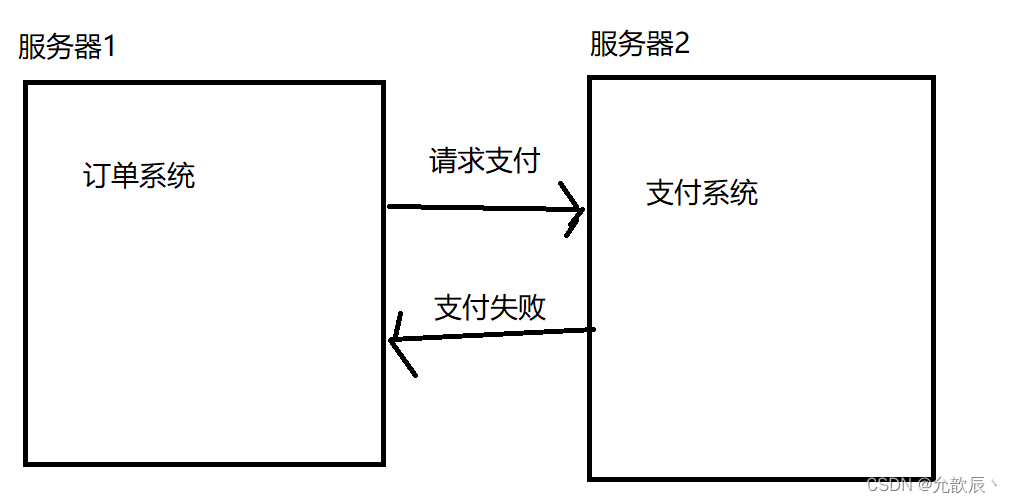
这个时候我们维护一个消息队列,可以对两个系统进行解耦操作,即使支付系统崩溃了,订单系统也能进行正常的工作,代码修改也不会牵一发而动全身

2.削峰填谷
峰和谷是指消息的密集程度
例如现实中的三峡大坝
汛期:蓄水,防止下游遭遇洪峰的冲击 削峰
旱期:把存的水进行灌溉使用 填谷
例如在双十一等流量很大的时间点,我们使用消息队列可以存储订单的信息,然后慢慢的处理订单的信息,过了时间点流量慢慢小的时候,我们依旧可以处理订单信息.没必要在大流量的时候一下子处理所有的订单,这样可能会造成服务器崩溃.
3.异步
同步:请求方必须死等对方的响应才能开始下一步操作.
异步:请求方发出请求之后,可以进行其他的操作,没必须等待对方的响应才开始操作.
比如订单系统对支付系统发出请求之后,没必须死等支付系统成功的响应就才开始其他订单的操作,而是进行其他订单的操作,同时等待这个订单的相应结果.
四.JDK中的阻塞队列
1.常见的阻塞队列
- LinkedBlockingQueue 基于链表
- ArrayBlockingQueue 基于数组
- PriorityBlockingQueue 基于优先级队列
在创建的时候可以指定队列的大小

2.向阻塞队列中放入元素---put()
会抛出InterruptedException异常,阻塞队列中专用的入队的方法,不能使用offer()和add()
public class Demo01_BlockingQueue {
public static void main(String[] args) throws InterruptedException {
//定义一个阻塞队列
BlockingQueue<Integer> queue=new LinkedBlockingQueue<>(3);
//使用put()方法,不能使用add()和offer()
queue.put(1);
queue.put(2);
queue.put(3);
System.out.println("此时插入了三个元素");
System.out.println(queue);
queue.put(4);
System.out.println("此时插入了四个元素");
}
}
打印的结果:

因为我们指定的阻塞队列的大小为3,当插入第四个元素的时候就会进入到阻塞等待的状态
3.向阻塞队列中拿出元素---take()
会抛出InterruptedException异常,阻塞队列中专用的出队的方法,不能使用poll()
public class Demo01_BlockingQueue {
public static void main(String[] args) throws InterruptedException {
//定义一个阻塞队列
BlockingQueue<Integer> queue = new LinkedBlockingQueue<>(3);
//使用put()方法,不能使用add()和offer()
queue.put(1);
queue.put(2);
queue.put(3);
System.out.println("此时插入了三个元素");
System.out.println(queue);
// queue.put(4);
// System.out.println("此时插入了四个元素");
//一定要使用take()方法,不能使用poll()方法
System.out.println(queue.take());
System.out.println(queue.take());
System.out.println(queue.take());
//进入阻塞等待状态
System.out.println(queue.take());
}
}打印结果:

获取第四个元素的时候队列为空,因此进入阻塞等待的状态.
五.手动实现阻塞队列
1.普通队列的实现
在实现阻塞队列之前,我们现在实现普通队列
public class MyBlockingQueue {
private int[] element;
//队首下标
private int head;
//队尾下标
private int tail;
//元素个数
private int size;
public MyBlockingQueue() {
this(3);
}
public MyBlockingQueue(int capacity) {
element = new int[capacity];
}
/**
* 入队一个元素
*
* @param val
*/
public void put(int val) {
if (size >= element.length) {
return;
}
//向队尾插入元素
element[tail] = val;
//向后移动
tail = (tail + 1) % element.length;
size++;
}
/**
* 出队一个元素
*
* @return
*/
public int take() {
if (size == 0) {
return -1;
}
int val = element[head];
head = (head + 1) % element.length;
size--;
return val;
}
}
2.堵塞队列的实现
1.之前实现一个普通队列,底层用到了两种数据结构,一个是链表,一个是循环数组
2.阻塞队列就是在普通的队列上加入了阻塞等待(wait())和唤醒操作(notify()),与synchronized相关
确定synchronized的范围,如果一个对象需要new出来使用,锁对象一般是this,其他情况具体分析
1.(线程1)当执行入队(put)操作时,判断阻塞队列满了,执行wait()操作,进入阻塞等待操作,当之后(别的线程)执行了出队列操作完成时,队列此时不满,这个时候唤醒队列.(线程1)继续完成put操作
2.(线程1)当执行出队(take)操作时,判断阻塞队列为空,执行wait()操作,进入阻塞等待操作,当之后(别的线程)执行了入队列操作完成时,队列此时不空,这个时候唤醒队列.(线程1)继续完成take操作
public class MyBlockingQueue {
private int[] element;
//队首下标
private int head;
//队尾下标
private int tail;
//元素个数
private int size;
public MyBlockingQueue() {
this(3);
}
public MyBlockingQueue(int capacity) {
element = new int[capacity];
}
/**
* 入队一个元素
*
* @param val
*/
public void put(int val) throws InterruptedException {
//加入修改的范围加锁
synchronized (this) {
if (size >= element.length) {
this.wait();
}
//向队尾插入元素
element[tail] = val;
//向后移动
tail = (tail + 1) % element.length;
size++;
//做唤醒操作
this.notifyAll();
}
}
/**
* 出队一个元素
*
* @return
*/
public int take() throws InterruptedException {
synchronized (this) {
if (size == 0) {
this.wait();
}
int val = element[head];
head = (head + 1) % element.length;
size--;
//唤醒操作
this.notifyAll();
return val;
}
}
}
六.实现生产者和消费者模型
我们使用两个线程,一个线程模仿生产者,向阻塞队列中放元素,一个线程模仿消费者,从阻塞队列中取元素.
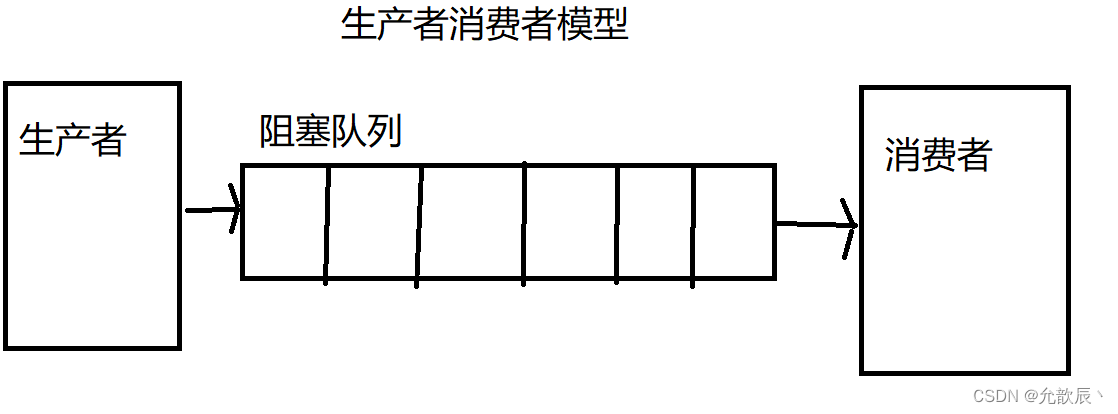
1.消费速度大于生产速度
public class Demo3_ProducerConsumer {
static MyBlockingQueue queue = new MyBlockingQueue(3);
public static void main(String[] args) {
Thread producer = new Thread(() -> {
int num = 1;
while (true) {
//生产一条消息
try {
queue.put(num);
System.out.println("生产者生产了消息" + num);
num++;
TimeUnit.SECONDS.sleep(1);
} catch (InterruptedException e) {
throw new RuntimeException(e);
}
}
});
//启动生产者
producer.start();
Thread consumer = new Thread(() -> {
while (true) {
//消费一条消息
try {
int num = queue.take();
System.out.println("消费者消费了消息" + num);
} catch (InterruptedException e) {
throw new RuntimeException(e);
}
}
});
consumer.start();
}
}
结果打印:
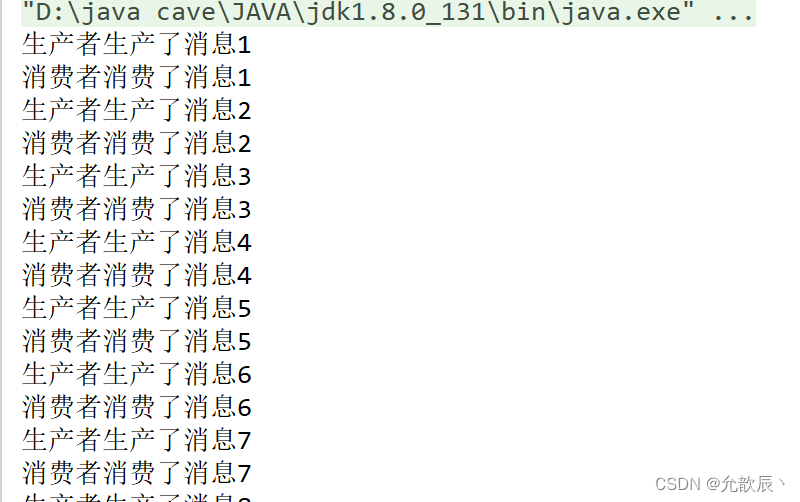
2.生产速度大于消费速度
public class Demo3_ProducerConsumer {
static MyBlockingQueue queue = new MyBlockingQueue(10);
public static void main(String[] args) throws InterruptedException {
Thread producer = new Thread(() -> {
int num = 1;
while (true) {
//生产一条消息
try {
queue.put(num);
System.out.println("生产者生产了消息" + num);
num++;
} catch (InterruptedException e) {
throw new RuntimeException(e);
}
}
});
//启动生产者
producer.start();
Thread consumer = new Thread(() -> {
while (true) {
//消费一条消息
try {
int num = queue.take();
System.out.println("消费者消费了消息" + num);
TimeUnit.SECONDS.sleep(1);
} catch (InterruptedException e) {
throw new RuntimeException(e);
}
}
});
//消费者后启动,让阻塞队列满
TimeUnit.SECONDS.sleep(2);
consumer.start();
}
}打印的结果:
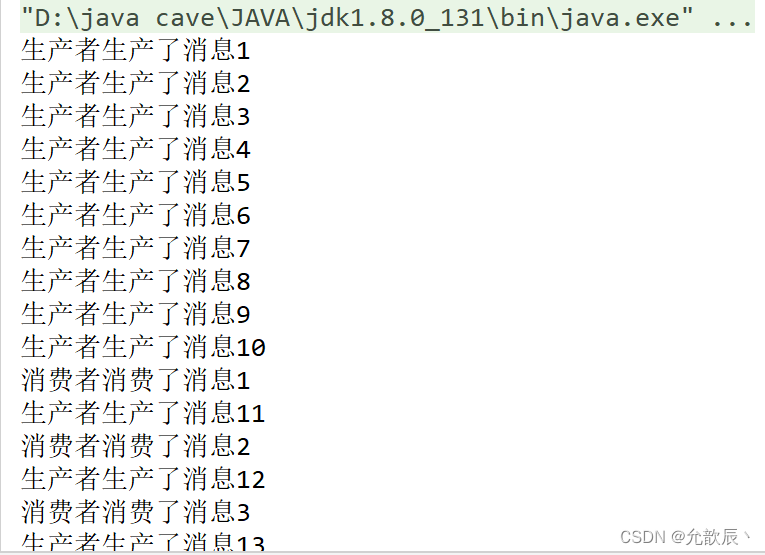
3.虚假唤醒
这是Java官方文档中给出虚假唤醒的定义

翻译成中文为: 线程也可以在没有被通知、中断或超时的情况下唤醒,这就是所谓的虚假唤醒。虽然这种情况在实践中很少发生,但应用程序必须通过测试本应导致线程被唤醒的条件,并在条件不满足时继续等待来防止这种情况的发生。换句话说,等待应该总是发生在循环中,就像下面这样:
所以在实践中wait条件的判断要加while循环.
阻塞队列中put和take方法的优化,并且多线程环境下共享变量要加voliatile,最终的阻塞队列的代码为:
public class MyBlockingQueue {
private volatile int[] element;
//队首下标
private volatile int head;
//队尾下标
private volatile int tail;
//元素个数
private volatile int size=0;
public MyBlockingQueue() {
this(3);
}
public MyBlockingQueue(int capacity) {
element = new int[capacity];
}
/**
* 入队一个元素
*
* @param val
*/
public void put(int val) throws InterruptedException {
//加入修改的范围加锁
synchronized (this) {
while (size >= element.length) {
this.wait();
}
//向队尾插入元素
element[tail] = val;
//向后移动
tail = (tail + 1) % element.length;
size++;
//做唤醒操作
this.notifyAll();
}
}
/**
* 出队一个元素
*
* @return
*/
public int take() throws InterruptedException {
synchronized (this) {
while (size == 0) {
this.wait();
}
int val = element[head];
head = (head + 1) % element.length;
size--;
//唤醒操作
this.notifyAll();
return val;
}
}
}